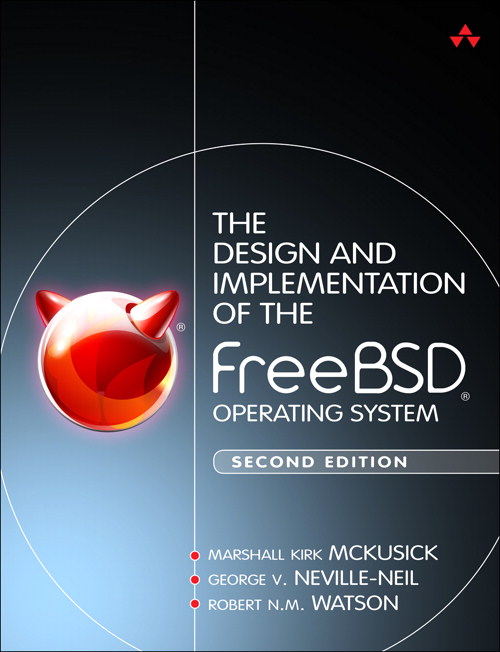
Now available: The Design and Implementation of the FreeBSD Operating System (Second Edition)
[ source navigation ] [ diff markup ] [ identifier search ] [ freetext search ] [ file search ] [ list types ] [ track identifier ]
FreeBSD/Linux Kernel Cross Reference
sys/contrib/device-tree/Bindings/i2c/i2c-omap.txt
Version:
- FREEBSD - FREEBSD-13-STABLE - FREEBSD-13-0 - FREEBSD-12-STABLE - FREEBSD-12-0 - FREEBSD-11-STABLE - FREEBSD-11-0 - FREEBSD-10-STABLE - FREEBSD-10-0 - FREEBSD-9-STABLE - FREEBSD-9-0 - FREEBSD-8-STABLE - FREEBSD-8-0 - FREEBSD-7-STABLE - FREEBSD-7-0 - FREEBSD-6-STABLE - FREEBSD-6-0 - FREEBSD-5-STABLE - FREEBSD-5-0 - FREEBSD-4-STABLE - FREEBSD-3-STABLE - FREEBSD22 - l41 - OPENBSD - linux-2.6 - MK84 - PLAN9 - xnu-8792
SearchContext: - none - 3 - 10
SearchContext: - none - 3 - 10
1 I2C for OMAP platforms 2 3 Required properties : 4 - compatible : Must be 5 "ti,omap2420-i2c" for OMAP2420 SoCs 6 "ti,omap2430-i2c" for OMAP2430 SoCs 7 "ti,omap3-i2c" for OMAP3 SoCs 8 "ti,omap4-i2c" for OMAP4+ SoCs 9 "ti,am654-i2c", "ti,omap4-i2c" for AM654 SoCs 10 "ti,j721e-i2c", "ti,omap4-i2c" for J721E SoCs 11 "ti,am64-i2c", "ti,omap4-i2c" for AM64 SoCs 12 - ti,hwmods : Must be "i2c<n>", n being the instance number (1-based) 13 - #address-cells = <1>; 14 - #size-cells = <0>; 15 16 Recommended properties : 17 - clock-frequency : Desired I2C bus clock frequency in Hz. Otherwise 18 the default 100 kHz frequency will be used. 19 20 Optional properties: 21 - Child nodes conforming to i2c bus binding 22 23 Note: Current implementation will fetch base address, irq and dma 24 from omap hwmod data base during device registration. 25 Future plan is to migrate hwmod data base contents into device tree 26 blob so that, all the required data will be used from device tree dts 27 file. 28 29 Examples : 30 31 i2c1: i2c@0 { 32 compatible = "ti,omap3-i2c"; 33 #address-cells = <1>; 34 #size-cells = <0>; 35 ti,hwmods = "i2c1"; 36 clock-frequency = <400000>; 37 };
Cache object: 5314c1d11b463f47b0eaffcfc766b70a
[ source navigation ] [ diff markup ] [ identifier search ] [ freetext search ] [ file search ] [ list types ] [ track identifier ]